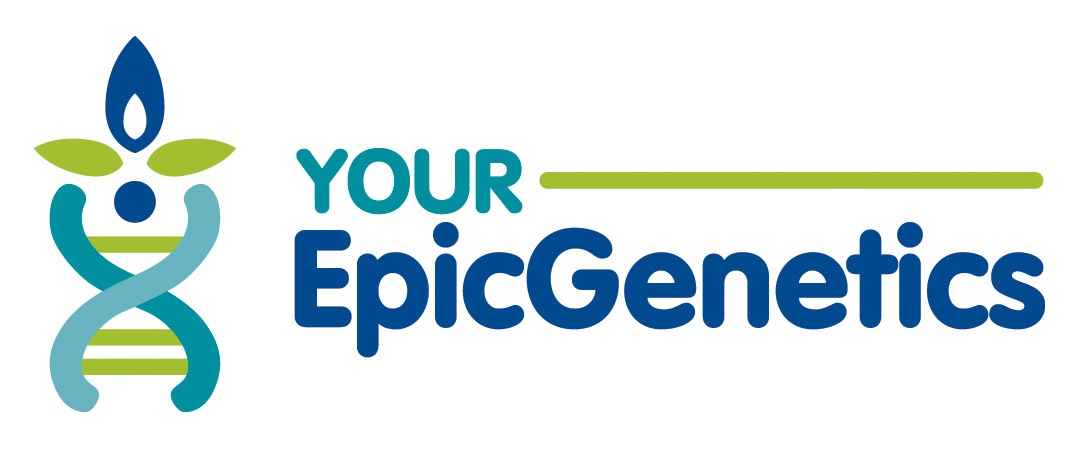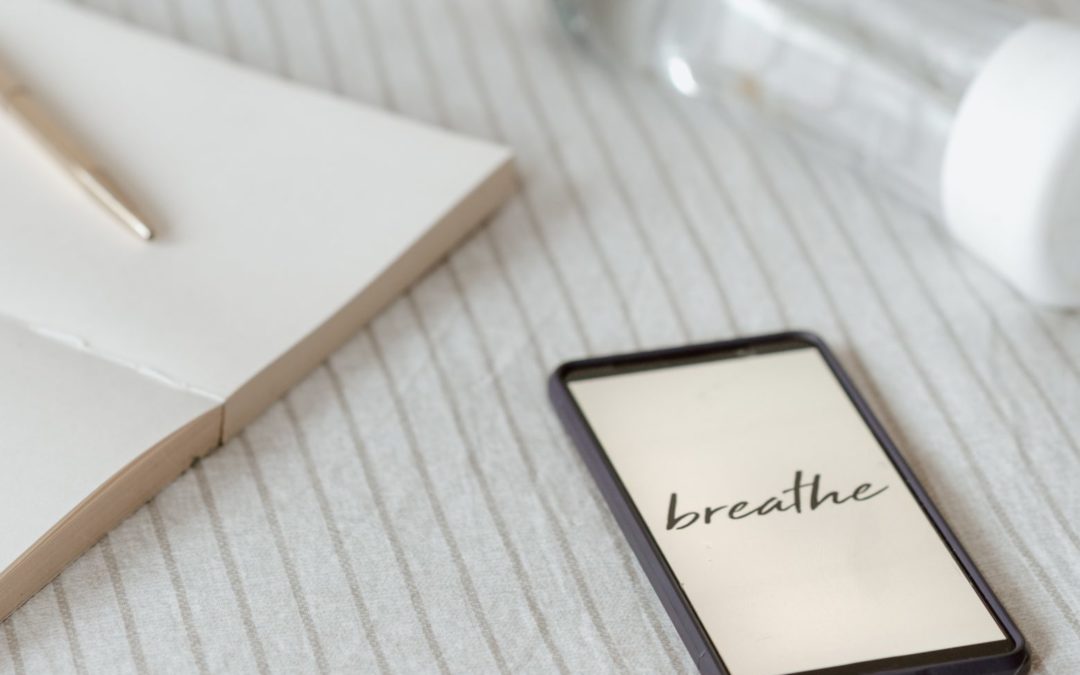The act of mindful breathing has been practiced for thousands of years amongst Eastern cultures to restore or enhance health (1). Slow, mindful breath is an often an overlooked simple, daily practice that affects every single aspect of your health. In this article, we’re going to discuss your breath and its powerful role in taking you from a physical state of stress, worry, or anxiety to a physically relaxed state, allowing for proper digestion and restoration to occur. We’ll discuss how deep breathing can be a powerful tool for managing stress, reducing anxiety, improving digestion, and finding your inner calm (among many other benefits).
The autonomic nervous system governs involuntary actions, such as breathing, digestion, heartbeat, perspiration, blood pressure, and glandular function. It plays a crucial role in the maintenance of balance and equilibrium of the body’s systems, yet it functions without conscious, voluntary control. There are two divisions of the autonomic nervous system in the body: sympathetic and parasympathetic. Each of these systems are dominant under certain conditions.
The sympathetic division forms the “fight, flight, freeze, or fawn” response to an emergency or stressful situation. The overall effect of the sympathetic system under these conditions is to prepare the body for strenuous physical activity. More specifically, sympathetic nervous activity will increase the flow of blood that is well-oxygenated and rich in nutrients to the tissues that need it, in particular, the working skeletal muscles (2).
The parasympathetic division forms the body’s “rest and digest” response, and is dominant when the body is relaxed, resting, or feeding. The parasympathetic division works to undo the work of the sympathetic division after a stressful situation. Among other functions, the parasympathetic division works to decrease respiration and heart rate, support the digestive process, and permit the elimination of wastes (3).
The amount of stress we’re under and how we control that stress will determine which branch is firing most often. Our culture is typically in a dominant state of “fight or flight”, and the past year has driven that point home. With a pandemic, homeschooling, working from home, financial struggles, increased screen time, air pollution, water pollution, plastics everywhere, and a food-system that pushes high-sugar, processed, fake-foods, the majority of us are in a constant state of “fight-or-flight”. This sympathetic dominance creates an overall imbalance in our bodies, affecting all non-emergency processes, such as digestion, detoxification, sex, reproduction, and sleep.
Here is where voluntary and conscious behavior comes into play. Mindful, slow breathing can be a potent and pivotal practice to toggle your nervous system from sympathetic to parasympathetic. This conscious breath will shift your body into balance, permitting digestion, detoxification, repair, relaxation, and reproduction.
Mindful breathing calls for a focus on your breath. It encourages the shift from short, shallow chest breathing to deep belly breathing with a slow inhale and extended exhale. If you are a singer or play a breath-driven musical instrument, you are most-likely familiar with the concept of breathing from the diaphragm. For beginners, sit up tall in your chair with your shoulders back, yet relaxed, and place one hand on your belly, just above your navel. As you slowly breathe in through your nose, direct the air downward, and feel your belly gently expanding with the air. Your chest and shoulders should be staying in place as you breathe. Here is an article which describes in detail how to belly breathe.
There are many different mindful breathing techniques and strategies, and I encourage you to explore the type of slow breath that works best for you. One helpful strategy is to take the 5, 6, 7 approach. Before you begin eating, when you’re feeling tense, or anytime you’d like to further relax, try inhaling through the nose for a count of five, holding your breath for a count of six, and slowly exhaling for a count of seven. Repeat five times or until you feel yourself relaxing.
Slow, mindful breath is a simple yet powerful practice that will encourage your body to find balance and function optimally. Our breath is a potent tool to support the parasympathetic nervous system and many vital functions within the body. As an act of self-love and self-healing, be sure to find time each day to come back to your breath.
Connect With Me and Next Steps
Stay connected, and receive your 5-Day Immune Support Meal Plan with Recipes, as my gift to you.
Feeling fatigued during the day? Overwhelmed and feeling anxious? Experiencing digestive issues, acne, or desiring a more balanced mood? Ready to take action? Schedule your Get Back on Track Session now.
xo Neeley at Your Epic Genetics
This information is being provided to you for educational and informational purposes only. It is being provided to you to educate you about healthy eating and living and as a self-help tool for your own use. It is not medical or psychological advice. This information is to be used at your own risk based on your own judgment.
For my full Disclaimer, please go to https://yourepicgenetics.com/index.php/disclaimer/
SOURCES
- Russo, Marc A, et al. “The Physiological Effects of Slow Breathing in the Healthy Human.” Breathe (Sheffield, England), European Respiratory Society, Dec. 2017, www.ncbi.nlm.nih.gov/pmc/articles/PMC5709795/.
- McCorry, Laurie Kelly. “Physiology of the Autonomic Nervous System.” American Journal of Pharmaceutical Education, American Journal of Pharmaceutical Education, 15 Aug. 2007, www.ncbi.nlm.nih.gov/pmc/articles/PMC1959222/.
- “Nervous System: Explore the Nerves with Interactive Anatomy Pictures.” Innerbody, www.innerbody.com/image/nervov.html.


Recent Comments